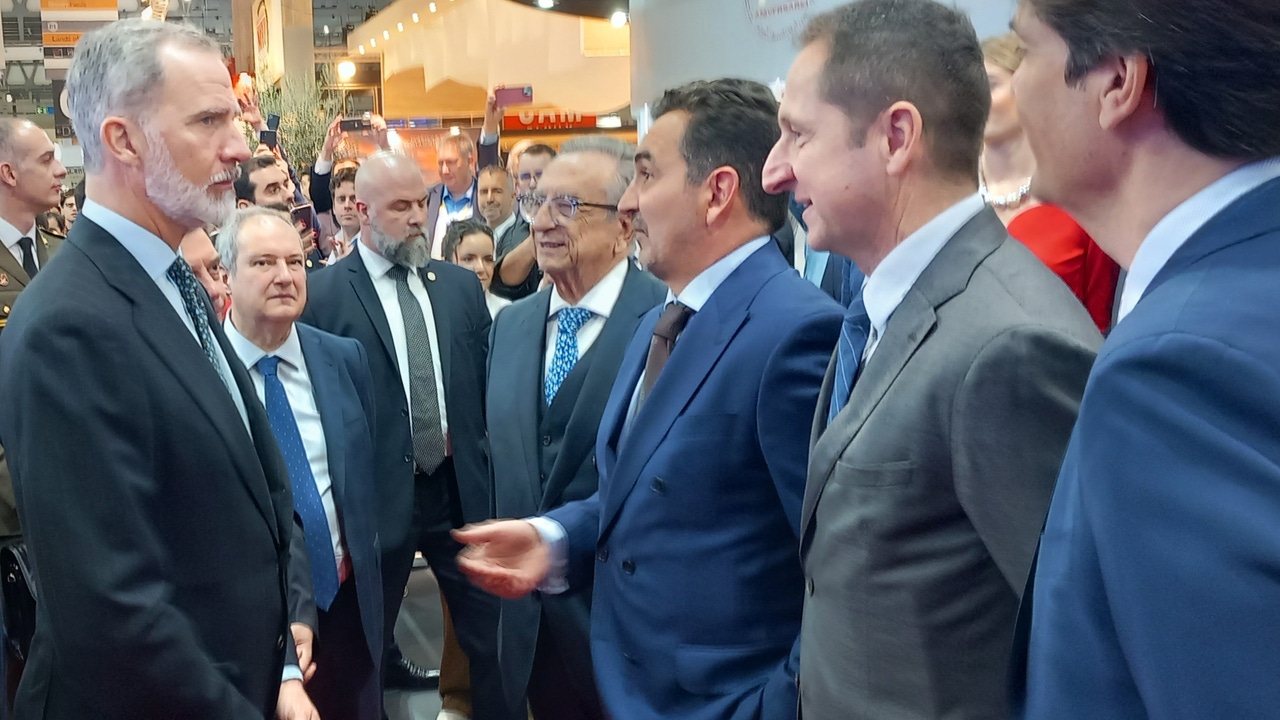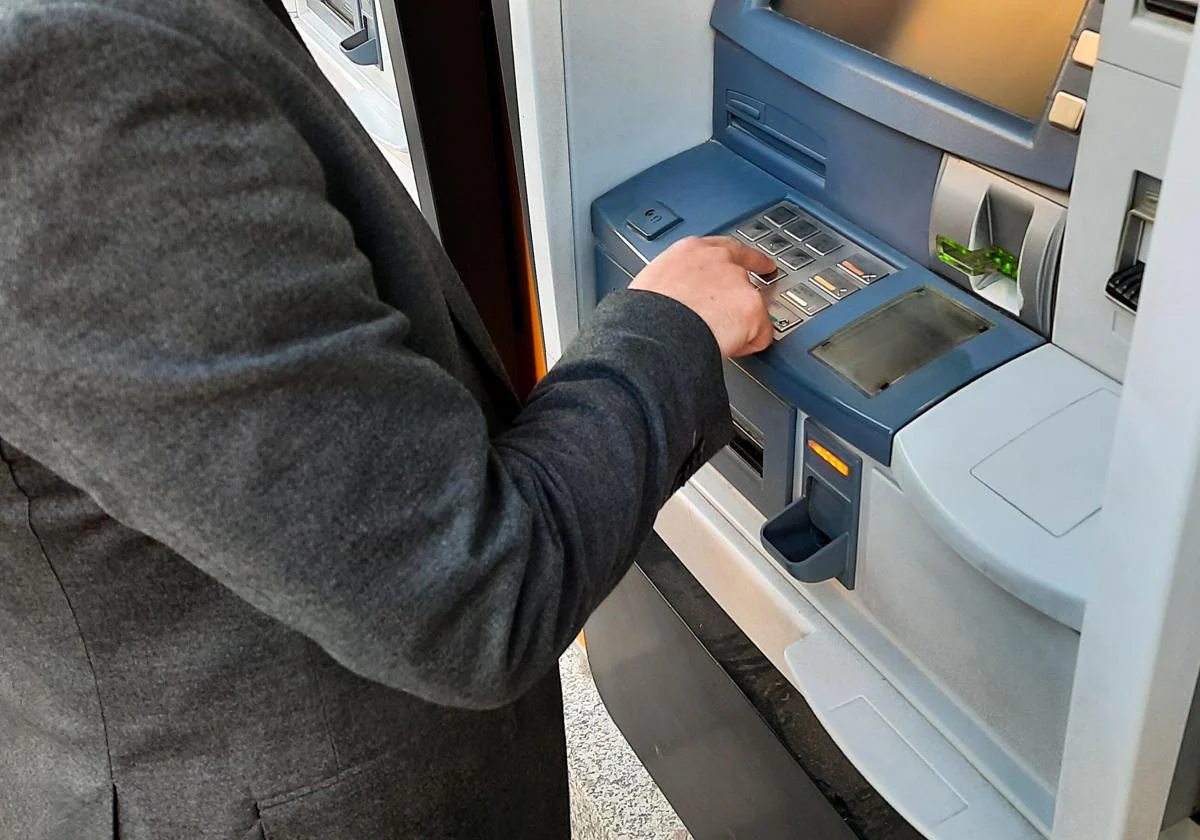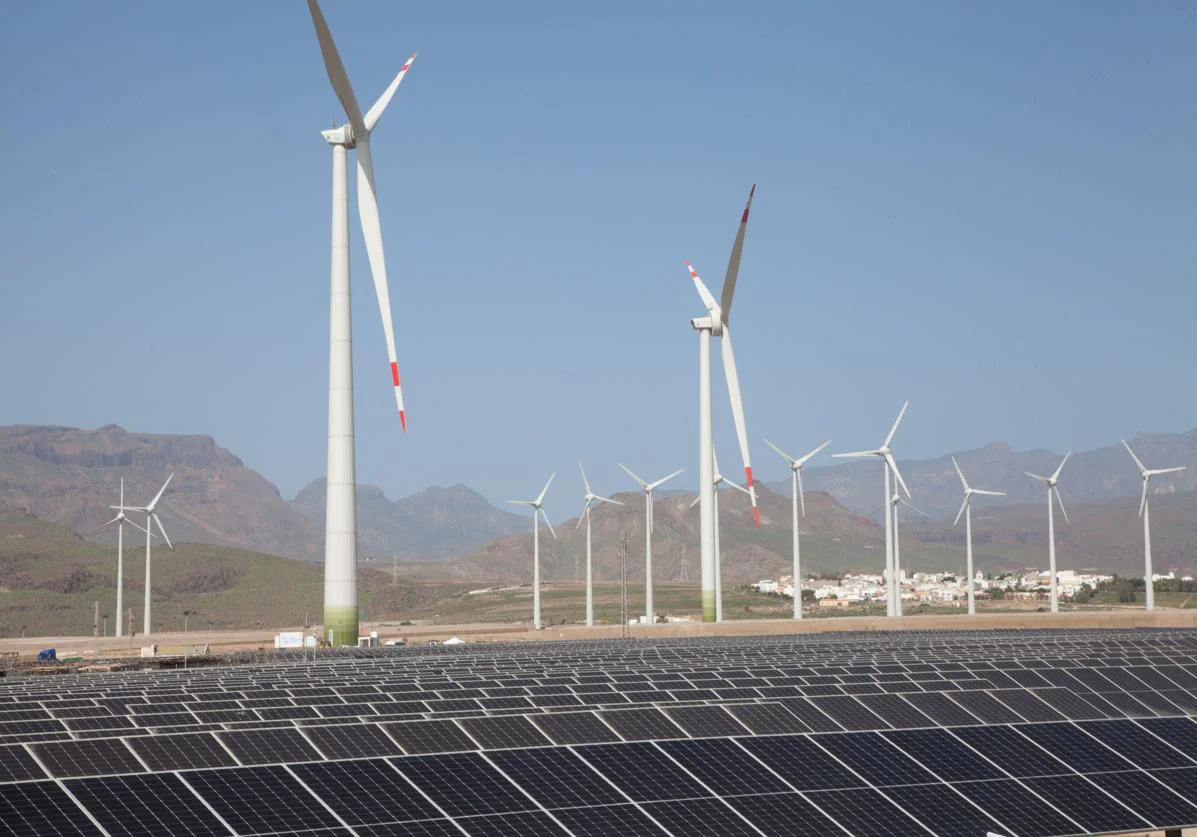New homes will reduce heating costs by up to 80%

MADRIDUpdated:
As of 2020, as marked by the European Union, all newly constructed buildings must be of almost zero consumption (ECCN). One of the main advantages of this type of construction will be the economic and energy savings in heating. According to the experts, by improving the insulation of the house and avoiding air leaks as much as possible, this expense can be reduced by a fifth compared to conventional buildings.
The experts of Sto, a German company specialized in the construction of elements and constructive solutions, explain the main characteristics of this type of building:
-Bioclimatic design. The sun is an inexhaustible source of energy that should be exploited to the fullest. A good orientation to the south and large windows are key, especially in winter. We must also take into account the general climate that characterizes the location of the house, the wind or the vegetation that surrounds it.
-Thermal isolation. It must be breathable and have low conductivity, high thermal resistance, absorbing fibers and noise absorbers (sound insulation), high resistance to the passage of heat and a good performance against fire.
-Easiness of the air and controlled ventilation. The sealing of all the joints between the different materials of the building prevents the passage of uncontrolled air from the interior to the exterior and vice versa. On the other hand, the use of mechanical ventilation systems allows to meet interior quality needs by eliminating stale air, preventing contaminating particles from entering the house and regulating humidity.
-Carpentry with high performance. Windows and doors are the "weakest" elements in the envelope of a building. Apart from being made of good quality materials, in the case of windows it is very important that they have good thermal transmittance.
-Use of renewable energies. Once energy consumption has been reduced to a minimum, it is important to take advantage of renewable energy sources. The most usual are solar or photovoltaic panels. However, there are also other methods that can be applied in the design. For example, aerotermia (heat pumps) extracts energy contained in the air and provides heating in winter, cooling in summer and even hot water all year round. In addition, it has been proven that for every kilowatt of electric power produced with solar panels or wind turbines, 800 kilos of carbon dioxide emissions per year are saved.
-Alternative components: sustainable materials and technology. The connectivity of all the systems will allow a global control of the building and, therefore, a greater energy saving. However, apart from minimizing this expense, it will be necessary that the houses also use ecological and healthy materials. That is, durable, with minimal maintenance and with recyclable, reusable and recovery capacity.
On the other hand, the experts of Sto summarize four alternatives to reduce the invoice of the traditional heating on the occasion of the World Day of Saving Energy:
-Application of temperature regulators. The objective is that they do not exceed 21 degrees during the day or fall below 17 degrees at night. Thanks to the use of this supplement, the experts estimate an economic saving in annual consumption of between 8% and 13%. If an intelligent thermostat is used, these figures can reach 35% -40%.
-Installation of quality enclosures. The ideal is to opt for windows with thermal bridge breakage and double glass with intermediate air chamber. The savings in heating produced is quite significant, around 30%.
-Aposting for organic matter such as stoves or biomass boilers. Apart from conventional renewable energies (solar panels, heat pumps, hybrid systems ...), biomass stoves use natural waste (from wood - like pellets or sawdust - to waste from agriculture - olive bones, nutshells, remains of vine pruning ...), and their emissions are minimal. It is estimated that they represent an economic saving of between 40% and 50% compared to boilers that run on city gas or petroleum-based fuels.
-To practice saving habits. There are several alternatives: purging of radiators (during the months of inactivity they fill with air, which causes that, when returning to put the heating, they heat less); periodic review of the boiler (it will optimize its use and it will be configured to obtain the maximum performance); avoid heating empty rooms; Do not cover the heating systems with furniture or clothes, place reflective panels between the wall and the radiator or close blinds and curtains at night so that the heat does not escape. These tips allow to reduce the bill between 10% and 40%.









